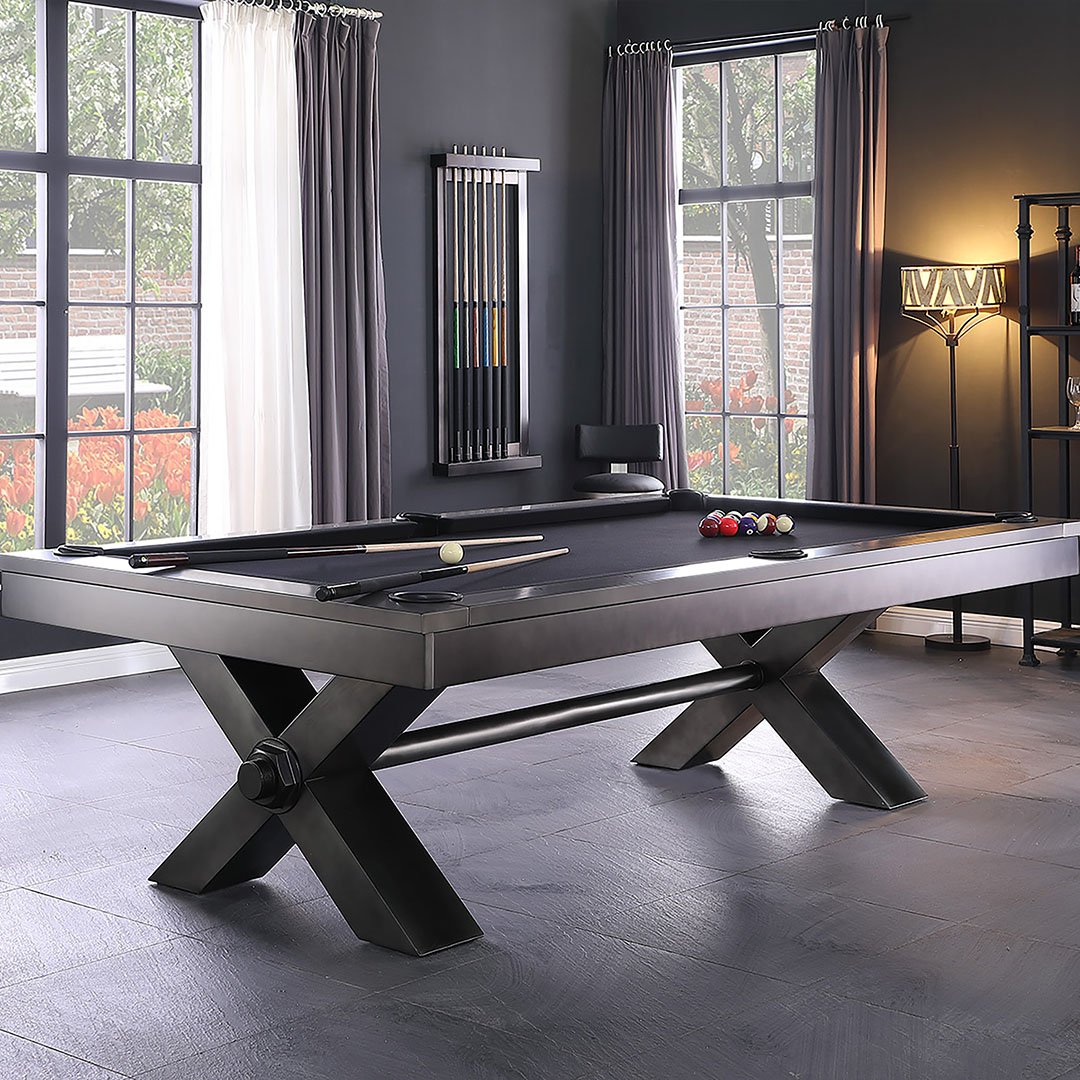How to Measure Your Sofa and Living Room for the Perfect Fit
When buying a new sofa, one of the most crucial steps is ensuring it fits comfortably in your living room. Too big, and it overwhelms the space; too small, and it may look awkward or leave your room feeling empty. The right fit will enhance both the aesthetics and functionality of your living area. To make sure your sofa and living room are a match made in design heaven, follow these step-by-step instructions on how to measure your space and your sofa correctly.
Why Measuring Your Sofa and Living Room Is Important
Before diving into the measuring process, let’s first understand why getting these measurements right is crucial:
- Maximizes Space: A well-measured sofa ensures you can utilize your living room efficiently without cluttering or restricting movement.
- Improves Comfort: You’ll enjoy a well-proportioned seating area that provides comfort without being overwhelming or too small for your needs.
- Enhances Style: The right size sofa can balance your room’s design, preventing it from feeling cramped or too sparse.
- Avoids Costly Returns: Accurately measuring your sofa and space helps prevent the hassle and expense of returning oversized or undersized furniture.
Step-by-Step Guide to Measuring Your Living Room
1. Measure the Dimensions of Your Living Room
Start by determining the overall dimensions of your living room. This will give you a clear idea of the available space for your sofa and any other furniture.
-
Measure the length and width: Use a tape measure to calculate the length and width of the room from wall to wall. Write down these numbers so you have a reference when shopping for your sofa.
-
Measure ceiling height: Although ceiling height may not affect the sofa directly, it plays a role in creating the illusion of space. High ceilings can accommodate larger furniture without feeling cramped, while low ceilings may require more modest-sized pieces.
-
Consider windows, doors, and walkways: Measure the space between windows, doors, and any architectural elements. This helps ensure the sofa won’t block any natural light or access points.
2. Determine Traffic Flow and Furniture Layout
Next, think about how traffic flows through your living room and where you’ll place other furniture. You don’t want your sofa to obstruct walkways or feel like it’s in the way. Consider leaving at least 30-36 inches of clear space for pathways around furniture.
- Sketch a floor plan: Draw a rough floor plan that includes the doors, windows, and any existing furniture. Use this to visualize where the sofa will go and how it will fit with the rest of your decor.

How to Measure Your Sofa
Now that you’ve measured your living room, it’s time to focus on the sofa itself. Here’s how to measure your sofa, whether it’s an existing piece or one you’re planning to buy:
1. Measure Sofa Length
The length of the sofa is the most important dimension. To measure:
- Place the tape measure along the front of the sofa, stretching from one arm to the other.
- For sectionals, measure each piece’s length and add them together.
Ensure the total length fits well within the area where you plan to place it, leaving enough space for other furniture and walking paths.
2. Measure Sofa Depth
Depth is the distance from the back of the sofa to the front edge of the seat. This measurement is crucial, especially in small living rooms where every inch counts.
- Start from the back of the sofa and measure to the front edge of the seat.
- For reclining or sectional sofas with chaise lounges, take into account the extended depth.
3. Measure Sofa Height
While height isn’t as critical as length and depth, it still impacts how the sofa fits with the rest of the room’s decor.
- Measure from the floor to the top of the sofa’s back.
- Ensure the height doesn’t obstruct windows or wall decorations.
4. Measure Doorways and Entryways
Before purchasing or moving a sofa, it’s essential to measure the doorways, hallways, and staircases through which the sofa will pass. No one wants to buy a beautiful sofa only to find out it can’t fit through the front door!
- Measure the height and width of every doorway, hallway, and stairwell the sofa must go through.
- For narrow spaces, measure the diagonal depth of the sofa (from the top back corner to the bottom front corner) to determine if it can be tilted to fit through tight spots.

Additional Tips for a Seamless Fit
-
Consider Furniture Proportion: A large sofa may dominate a small room, while a tiny sofa can seem lost in a spacious living area. Choose a sofa that complements your room’s proportions.
-
Account for Clearance: Leave enough room around the sofa for walking paths, coffee tables, and other pieces of furniture. As a rule of thumb, leave at least 18 inches between the sofa and a coffee table, and at least 12 inches between the sofa and any walls.
-
Use Furniture Layout Apps: There are plenty of online apps and tools that let you digitally arrange your furniture to visualize how everything will fit before you buy.
-
Opt for Modular Sofas in Tight Spaces: If you have a small living room or difficult-to-navigate doorways, consider modular or sectional sofas that can be assembled in pieces inside your home.
Final Thoughts: Make Sure Your Sofa and Living Room are a Perfect Match
Properly measuring both your living room and your sofa is essential for creating a harmonious, functional space. By taking the time to measure accurately, considering traffic flow, and visualizing how everything fits together, you’ll avoid common mistakes and make a purchase that enhances your living space. Follow these steps, and your sofa will not only fit perfectly but will elevate the style and comfort of your home.
For more tips on how to pick the perfect sofa, check out our Sofa Buying Guide to help make the best decision for your living room!
Frequently Asked Questions
How much space should I leave between the sofa and other furniture?
It’s recommended to leave at least 18 inches between the sofa and a coffee table, and 12 inches between the sofa and walls or other furniture to allow for easy movement.
Can I measure my sofa diagonally to fit through narrow doorways?
Yes, measuring the diagonal depth of the sofa (from the top back corner to the bottom front corner) can help determine if the sofa can fit through tight entryways when tilted.
Topics: Indoor Furniture - Living Room











